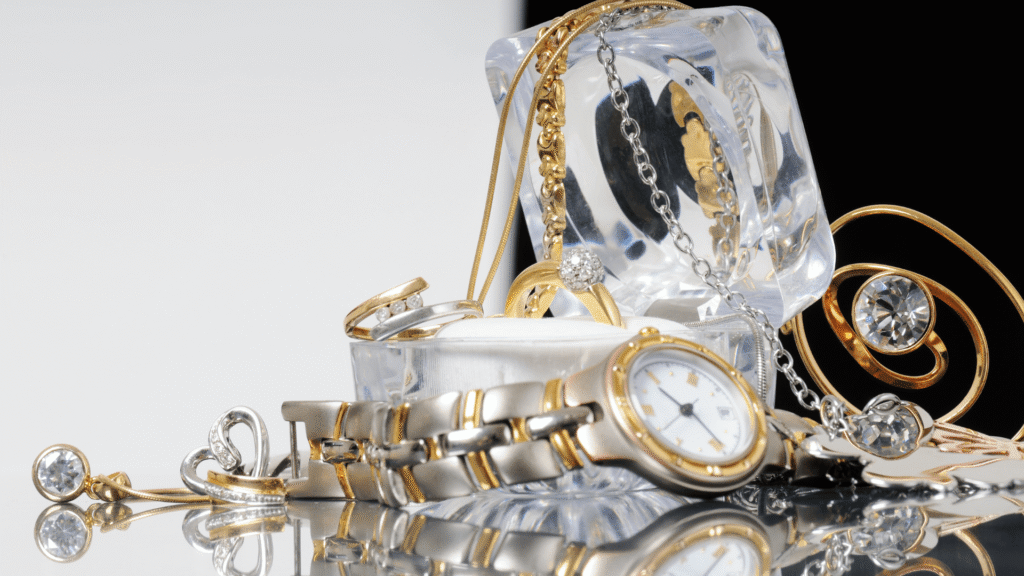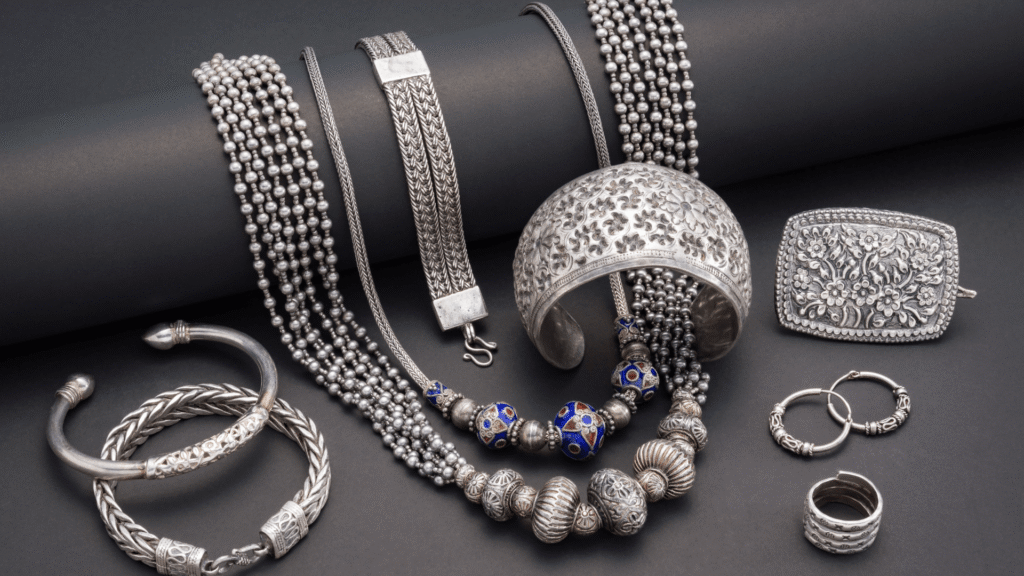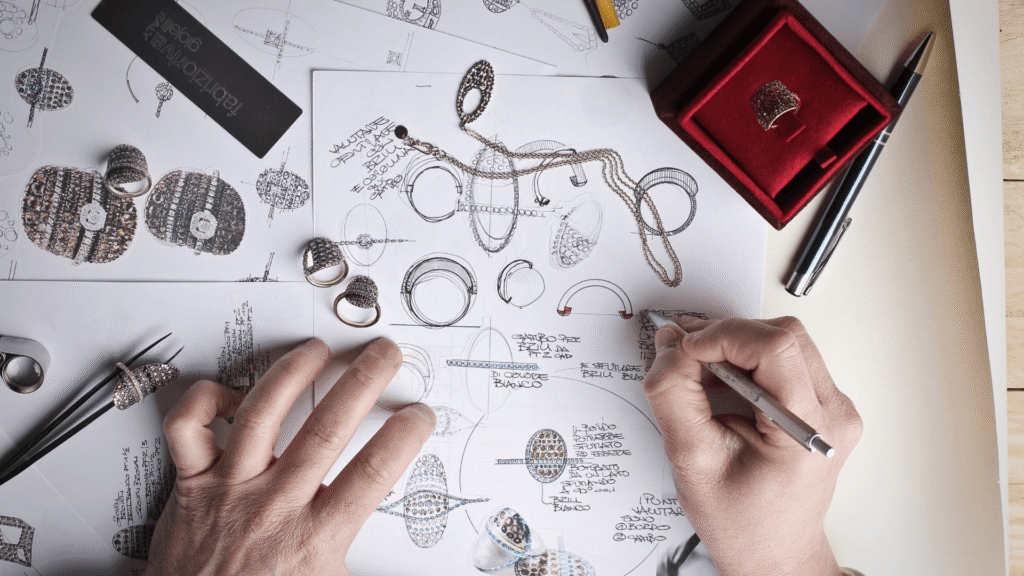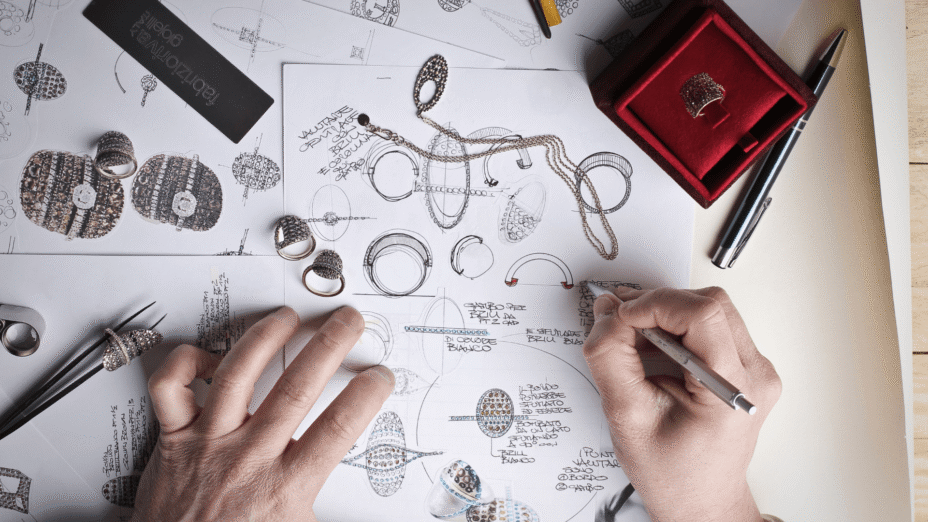Exploring the World of Jewelry – History, Craft, and Contemporary Trends
Jewelry. The word itself evokes a sense of luxury, beauty, and enduring value. More than just adornment, jewelry represents a fascinating intersection of art, history, culture, and personal expression. From the simplest beaded necklace to the most extravagant diamond tiara, jewelry has held a significant place in human civilization for millennia. This exploration delves into the rich history of jewelry, the intricate craftsmanship involved in its creation, the diverse materials used, and the contemporary trends shaping its future.
A Journey Through Time: Jewelry’s Historical Significance

The story of jewelry stretches back to the dawn of humanity. Archaeological evidence suggests that early humans, as far back as the Paleolithic era, adorned themselves with natural materials like shells, bones, teeth, and stones. These weren’t merely decorative; they likely held symbolic meaning, representing tribal affiliation, spiritual beliefs, or status within the community.
As civilizations arose, so did the sophistication of jewelry. Ancient Egyptians, renowned for their elaborate artistry, used gold, lapis lazuli, carnelian, and turquoise to create intricate necklaces, bracelets, rings, and amulets, often imbued with religious significance and intended for both the living and the afterlife. The Greeks and Romans further developed jewelry making techniques, incorporating intricate filigree work and vibrant gemstones.
The Middle Ages saw jewelry reflecting the prevailing religious and social structures. Religious iconography, heraldic symbols, and intricate knotwork were common motifs. The Renaissance brought a renewed interest in classical art and design, influencing jewelry with its emphasis on detail and naturalistic forms. The Victorian era, characterized by romanticism and mourning traditions, spurred the popularity of sentimental jewelry, often incorporating hair, locks of fabric, or miniature portraits. The Art Nouveau and Art Deco movements of the early 20th century ushered in distinct aesthetic shifts, embracing flowing, organic lines and geometric patterns, respectively.
The Art of Creation: Craftsmanship and Techniques

The creation of jewelry is a meticulous and skilled process, demanding a blend of artistic vision and technical expertise. Historically, jewelry making was a specialized craft, with different artisans focusing on specific aspects of the process. Goldsmiths, masters of metalwork, shaped and manipulated gold, silver, and platinum using techniques like forging, casting, soldering, and engraving. Enamellers applied vibrant colors to metal surfaces using fused glass, creating stunning decorative effects. Gem setters, highly skilled artisans, meticulously secured gemstones into settings, ensuring their stability and brilliance.
Modern jewelry making incorporates both traditional techniques and cutting-edge technologies. Computer-Aided Design (CAD) allows designers to create intricate 3D models, which can then be translated into physical pieces using 3D printing or precision milling. Laser cutting and welding offer unparalleled accuracy and efficiency. However, the human touch remains crucial, particularly in the delicate setting of gemstones and the finishing of intricate details. Lost-wax casting, filigree work, and hand engraving continue to be valued techniques, preserving the artistry of traditional jewelry making.
A Spectrum of Materials: Precious, Semi-Precious, and Innovative
The materials used in jewelry significantly impact its aesthetic appeal, durability, and value. Precious metals – gold, silver, and platinum – form the foundation of countless pieces. Gold, available in various karats (denoting purity), remains a symbol of luxury and status. Silver, more affordable yet versatile, is often used in contemporary designs. Platinum, known for its strength, durability, and hypoallergenic properties, is a popular choice for engagement rings and high-end jewelry.
Gemstones, both precious and semi-precious, add color, sparkle, and character. Diamonds, renowned for their brilliance, fire, and hardness, are the most coveted gemstones. Colored gemstones – rubies, sapphires, emeralds, amethysts, topaz, and many more – offer a diverse spectrum of hues and unique properties. Pearls, organic gemstones formed within oysters, are prized for their luster and elegance.
Beyond traditional materials, contemporary jewelry designers are increasingly experimenting with innovative materials, including stainless steel, titanium, tungsten carbide, resin, wood, leather, and even recycled materials, reflecting a growing emphasis on sustainability and modern aesthetics.
Contemporary Trends and the Future of Jewelry

The jewelry landscape is constantly evolving, influenced by fashion trends, technological advancements, and shifting consumer values. Several key trends are shaping the future of jewelry:
- Lab-Grown Diamonds: Gaining popularity as a more ethical and sustainable alternative to mined diamonds, offering comparable quality at a potentially lower price point.
- Personalized Jewelry: Engraved names, dates, initials, or custom designs remain highly sought after, allowing for unique and sentimental pieces.
- Sustainable and Ethical Sourcing: Consumers are increasingly demanding transparency and ethical sourcing practices, driving demand for recycled metals, conflict-free gemstones, and fair labor practices.
- Statement Pieces: Bold, oversized earrings, chunky necklaces, and eye-catching rings continue to be popular ways to express individuality and elevate an outfit.
- Layering and Stacking: Layering necklaces of varying lengths and stacking rings on multiple fingers are popular styling trends.
- Geometric Designs: Clean lines, geometric shapes, and minimalist aesthetics are gaining traction, reflecting a modern sensibility.
- Nature-Inspired Motifs: Floral, botanical, and animal-inspired designs remain popular, reflecting a connection to the natural world.
- Gender-Neutral Jewelry: A growing trend towards jewelry designs that transcend traditional gender boundaries, appealing to a wider audience.
Jewelry, throughout history, has served as more than just adornment. It’s a tangible link to the past, a reflection of cultural values, and a powerful form of personal expression. As technology advances and consumer preferences evolve, the world of jewelry will undoubtedly continue to innovate and inspire, ensuring its enduring appeal for generations to come.
